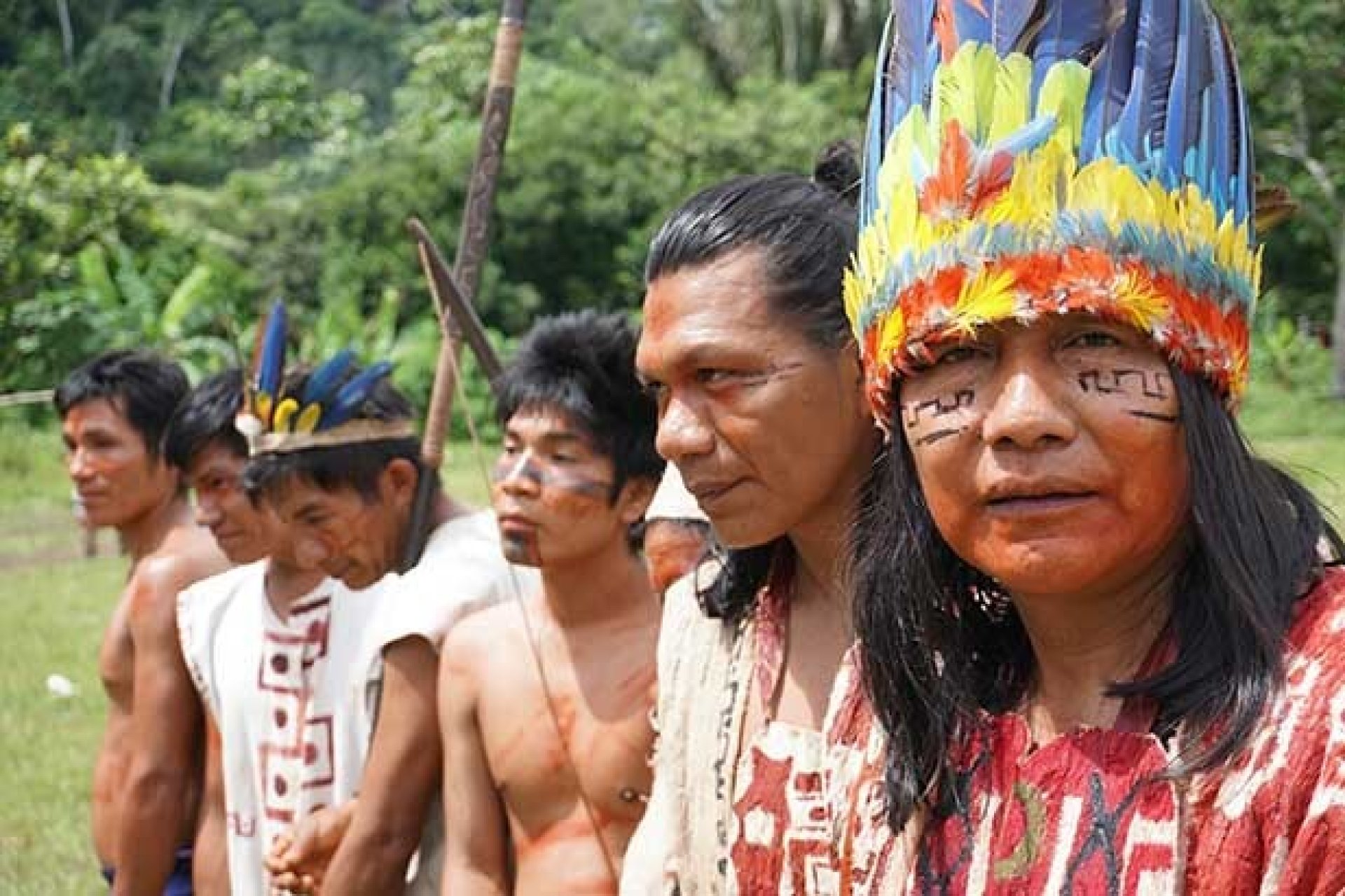How Many Communities Exist Within Cuyabeno?
Indigenous Communities: Within the Cuyabeno Reserve, there are 11 indigenous communities belonging to the Secoya, Siona, Cofan, Kichwa, and Shuara nationalities. These communities are integral parts of the ecosystem and have a strong connection to the land and nature.
Secoyas: The Secoyas are an indigenous community primarily residing in the border region between Ecuador and Peru. They are known for their profound knowledge of medicinal plants and their ability to use them in healing treatments. Additionally, they have a rich cultural tradition that includes dances and sacred ceremonies.
Sionas: The Sionas are an ethnic group also inhabiting the border region between Ecuador and Peru, in the Amazonian region. They have maintained a significant connection to the rivers and forests that surround them, and their way of life is based on fishing, hunting, and gathering natural products.
Cofanes: This indigenous group is found in the northern part of Ecuador and the southern part of Colombia. The Cofanes are known for their deep spiritual relationship with nature and their shamanistic practices. They also have a rich oral tradition that is passed down from generation to generation.
Kichwas: The Kichwas, also known as Quichuas, are one of the most numerous indigenous cultures in the Amazonian region. They are found in various countries, including Ecuador, Peru, Colombia, and Bolivia. They have a rich history and culture, and many of them maintain traditional agricultural practices such as yucca cultivation and hunting.
Shuaras: The Shuaras are known for being a warrior and resilient community that inhabits the jungles of Ecuador and Peru. They have a rich tradition of facial tattoos and war rituals. Their way of life is closely linked to hunting, fishing, and agriculture. These indigenous peoples of Cuyabeno represent an invaluable part of the cultural and ecological heritage of the region. Their ancestral knowledge of the flora and fauna of the jungle, as well as their sustainable ways of life, are crucial for the conservation and protection of this unique ecosystem in the world.
Indigenous Communities in Cuyabeno
Green Forest Ecolodge | Cuyabeno Ecuador

 Español
Español



